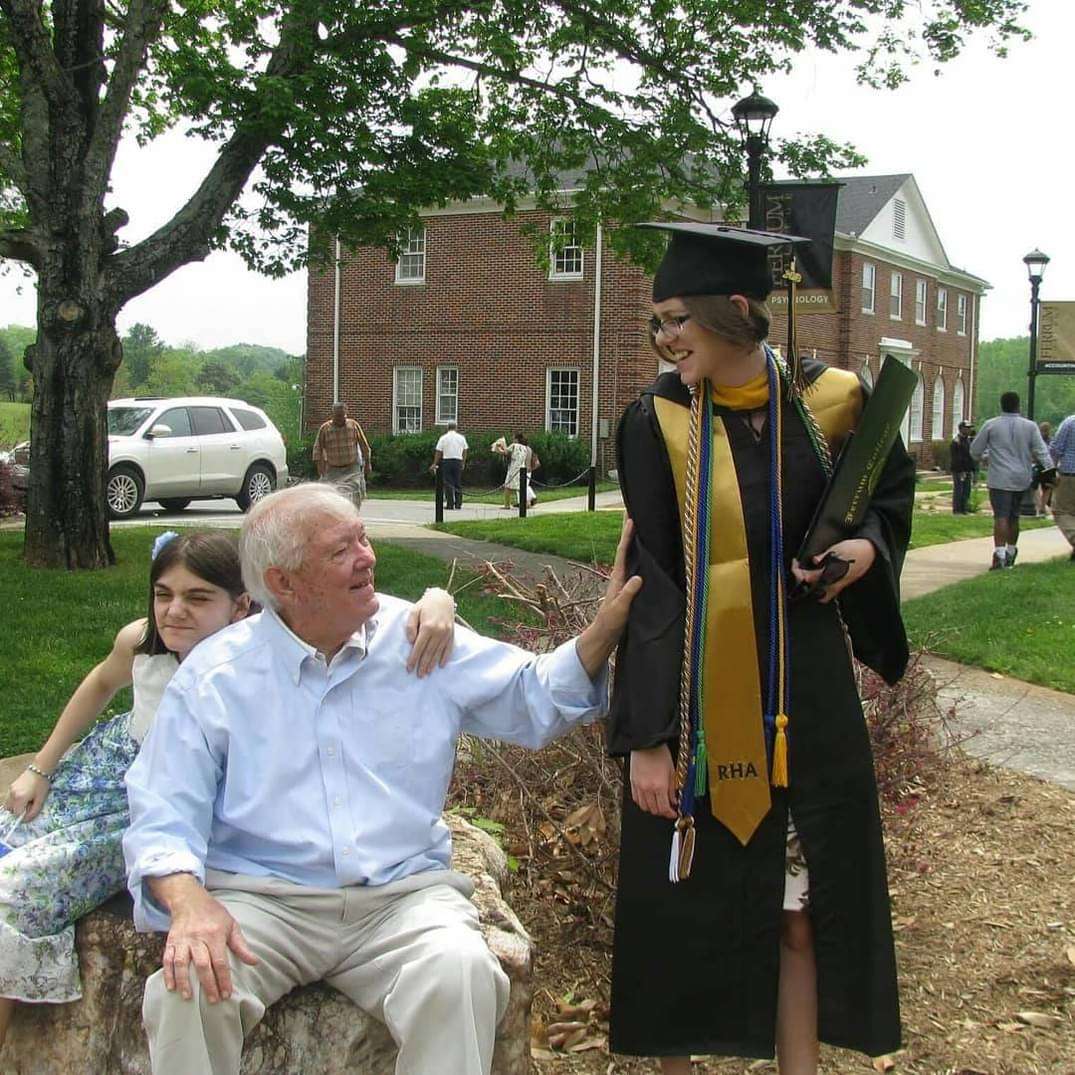
Pessimists may claim the apocalypse is occurring.
Optimists have little hope. The situation of which I am speaking is the recent earthquakes in Latin America –– first Haiti and now Chile. These natural phenomena have transcended into human disaster.
Before delving into the political and economic ramifications, it is necessary to examine and compare the scientific facts. Let us begin chronologically with Haiti.
Its 7.0 magnitude earthquake struck 11 miles beneath the surface and the epicenter was a mere 10 miles from Port–au–Prince (with 2 million people).
Chile’s 8.8 magnitude earthquake occurred at a depth of 22 miles beneath the surface and the epicenter measures 70 miles from the nearest urban center, Concepción (with almost 1 million people). It was the fifth most powerful earthquake ever recorded. These figures are attributed to Newsweek.
Aside from the destruction of human life, the two quakes are no longer comparable. On one side, there is the poorest country in the Western Hemisphere where photographers readily snap photographs of corpses scattered throughout the street; the other side produces a G–20 nation with relative political and economic stability, rich in comparison to devastated Haiti.
Without a doubt, the international community will expect U.S. contribution to both relief efforts. The largest question that remains, however, is how should we allocate our relief efforts between the two nations?
Haiti’s situation is quite readily known and publicized through every media outlet. In a concerted effort, and without injustice to the Haitian travesty, focus on the Chile earthquake is necessary.
Neighborhoods were flooded, roads were damaged, and buildings crumbled. Reports highlight this desecration. Immediate reports following the earthquake state 1.5 million people have been displaced, according to the New York Times.
According to the Wall Street Journal, over two–dozen aftershocks have been recorded, which have hampered relief efforts. While rescuers dive into buildings to locate survivors, aftershocks threaten their own safety; hence, reluctance is present when pursuing these efforts.
Outgoing President Michelle Bachelet has continuously called the earthquake “an unthinkable catastrophe that will require an enormous effort in resources.” Surely enough, this relief effort should be a joint operation by both herself and her predecessor, Sebastián Piñera, in order to ensure maximum efficiency.
The Chilean earthquake’s impact, in spite of its strength, was significantly less devastating than Haiti’s. First off, building structural integrity follows stringent guidelines in Chile (although not U.S. standards) following the 1985 Valparaíso earthquake, the Wall Street Journal further reports.
Relief efforts also are more coordinated in Chile. The government retains a decent political environment, where the Chilean citizens trust and confide in their officials to administer the appropriate resources. Chile is also not a poor country, by any means. It has the financial institutions and neighboring support to recover from this natural catastrophe.
Now Haiti must be reintroduced into the picture. In Time magazine, a regular Haitian citizen declares in an interview [paraphrasing], “These soldiers are what we want to see. Don’t send us your money. Our corrupt politicians will take the money for themselves and leave us with nothing.”
The main problem that should now confront the U.S. is “How do we divide our limited aid to the two devastated nations?” The answer I’ll provide is a simple solution to a very dynamic and complicated problem; nonetheless, the basic principle remains intact.
U.S. direct efforts should be directed towards Haiti. It is a country with little infrastructure where money would be difficult to follow. Send in National Guard personnel and disaster relief teams to help distribute food and directly aid in relief efforts. Funding should also be provided by private enterprises to national and international organizations to facilitate direct relief.
Chile has the manpower and resources to coordinate direct relief efforts. However, its rebuilding process will involve a massive highway and building reconstruction movement. For this, the most funds that are raised and sent by both public and private sectors will benefit Chile most. They do not need a large–scale foreign influx.
Some readers may dispute the U.S. position in this relief effort, whether it is proving lesser amounts or no amounts of relief.
To those critics, the U.S. as both a global leader and hegemonic influence must facilitate appropriate relief to its allies based on an obligatory value system of helping your friends and neighbors when needed.
Clay Moran is a member of the class of 2013. He can be reached at [email protected].





